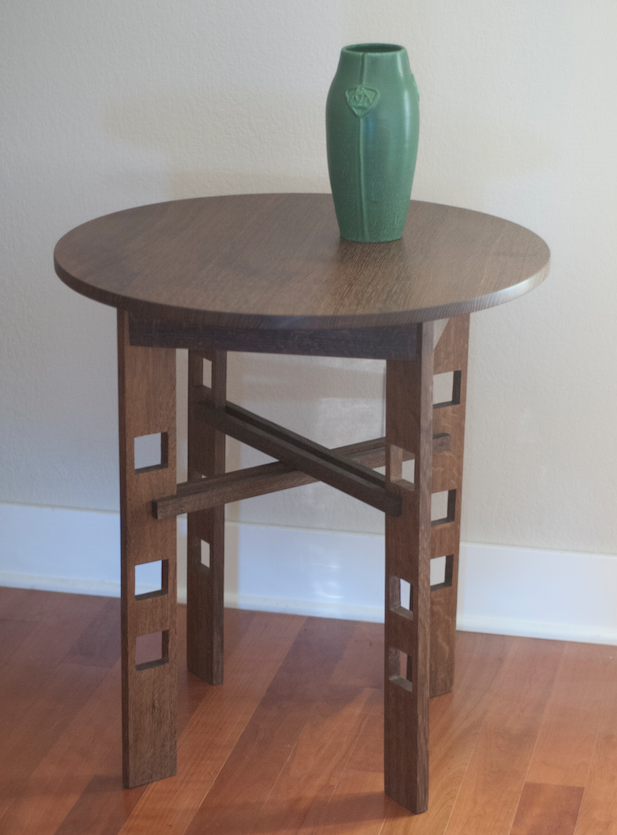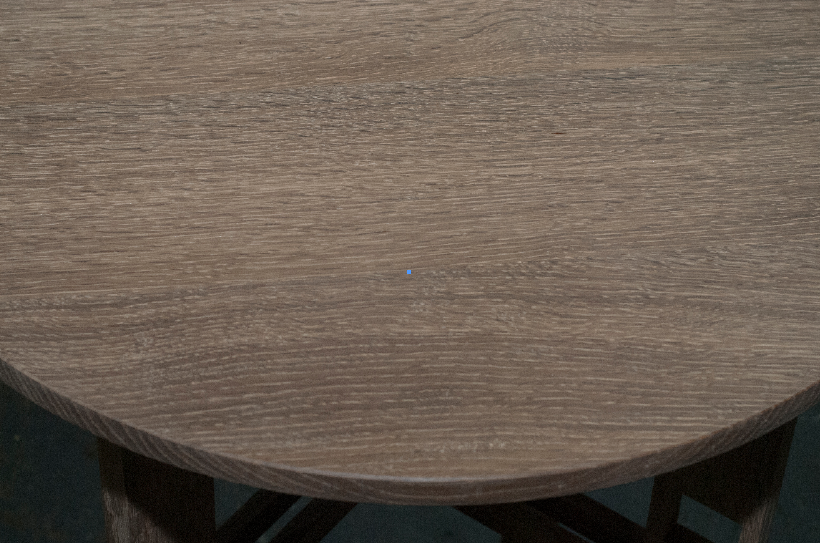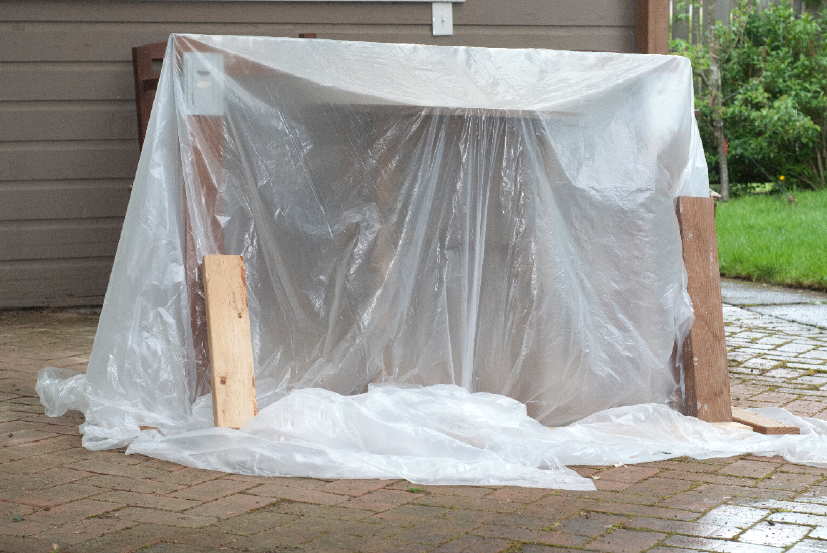We may receive a commission when you use our affiliate links. However, this does not impact our recommendations.
 Ever tried to create a fumed finish? Fuming with ammonia is a traditional Arts & Crafts finishing technique. When exposed to concentrated ammonia, the tannins in white oak cause the wood to darken, yielding a rich, warm color that penetrates the surface of the wood. Depending on the intended use of the piece, different topcoats can be applied to provide different effects. Boiled linseed oil is easy to apply. Shellac offers additional protection and – depending on the shellac – can provide another layer of color. Polyurethane provides greater protection than oil or shellac.
Ever tried to create a fumed finish? Fuming with ammonia is a traditional Arts & Crafts finishing technique. When exposed to concentrated ammonia, the tannins in white oak cause the wood to darken, yielding a rich, warm color that penetrates the surface of the wood. Depending on the intended use of the piece, different topcoats can be applied to provide different effects. Boiled linseed oil is easy to apply. Shellac offers additional protection and – depending on the shellac – can provide another layer of color. Polyurethane provides greater protection than oil or shellac.
To minimize the safety risks associated with ammonia, be sure to use proper eye protection, long sleeves, chemical-resistant gloves and a respirator with appropriate chemical cartridges. While smaller pieces can be placed in airtight containers for fuming, larger pieces will need to be tented in plastic. Your tent does not need to be elaborate (to fume the taboret shown here, I draped plastic sheeting over a sawhorse and weighted it down).
The wide surface area and resistance to ammonia’s corrosive effects make glass pie pans useful containers for fuming. Place the piece in the tent, put in a pie pan or two, and pour ammonia into the pie pans. How long you need to fume the wood for a desired color will vary because the darkening effect of ammonia depends on a number of factors including ambient temperature, tannin levels and length of exposure. Place some project offcuts in the tent along with your finished piece and use them to gauge color. In its unfinished state, fumed oak takes on a greenish cast; to reveal the true color of the project, remove one of your scrap pieces and apply a finish coat.

Fumed white oak darkens and takes on a takes on a greenish cast. Try some different finishes on fumed scraps to find your preferred finish.
Once you have a color that appeals, remove the piece from the tent. Note that you will need to freshen your ammonia after about 48 hours.
Excerpted from Michael Crow’s forthcoming book, “Mackintosh Arts & Crafts Furniture: Techniques & Shop Drawings for 28 Designs” (coming November 2017).
Here are some supplies and tools we find essential in our everyday work around the shop. We may receive a commission from sales referred by our links; however, we have carefully selected these products for their usefulness and quality.










Use aqueous ammonia in 24%-28% solution. If you have a blueprint supply house near you they may stock it.
If you want to see what ammonia will do to other wood, try fuming some mahogany…it will turn it to much if left too long in the box. I only use it for white oak.
What kind of ammonia?
I’ve found the Oregon white oak will fume to a beautiful color in as little as two hours where eastern white oak can take a couple of days.